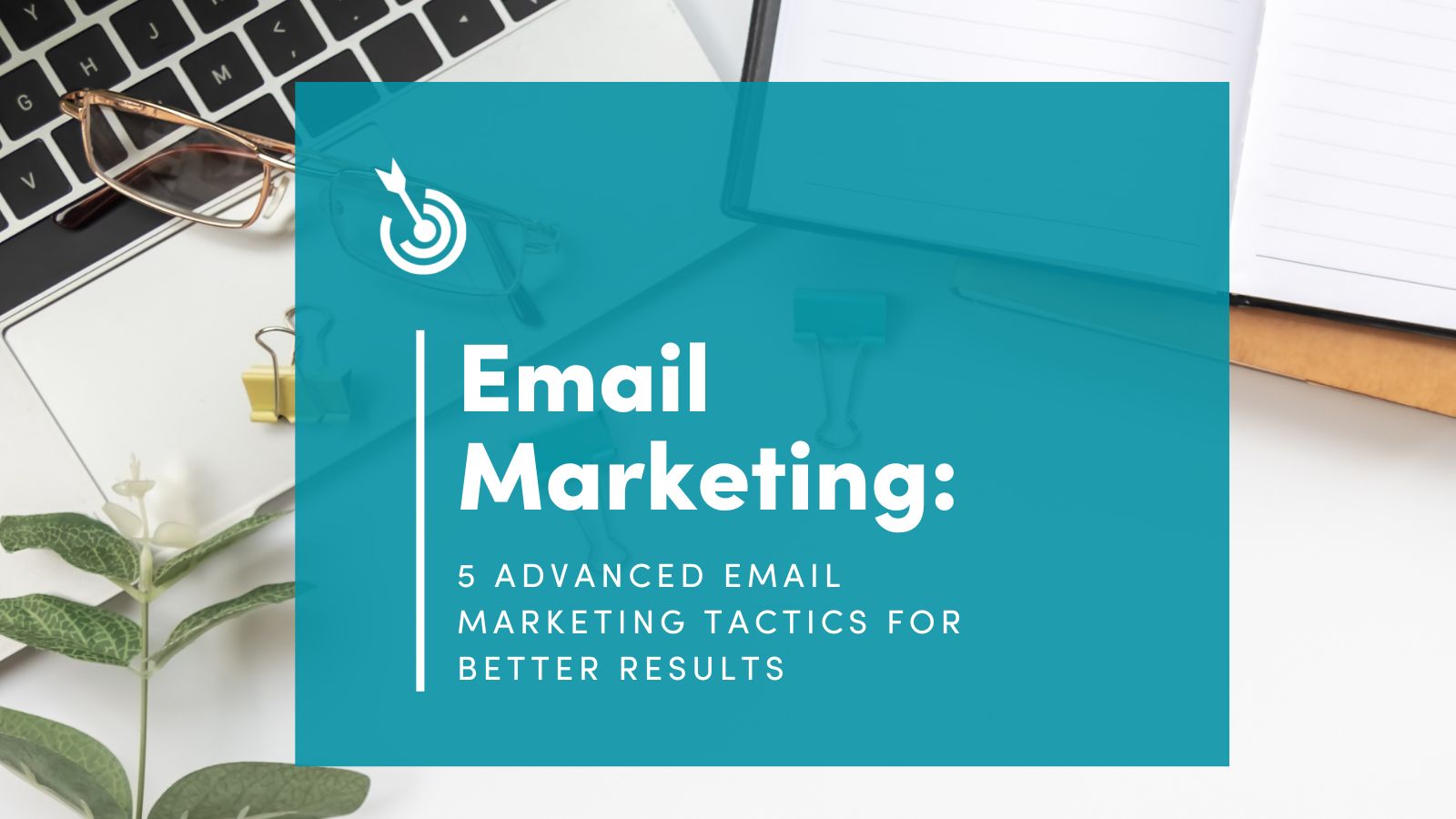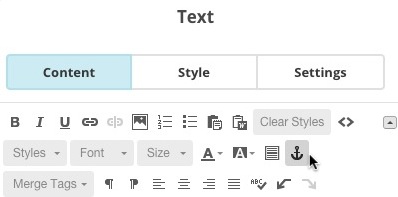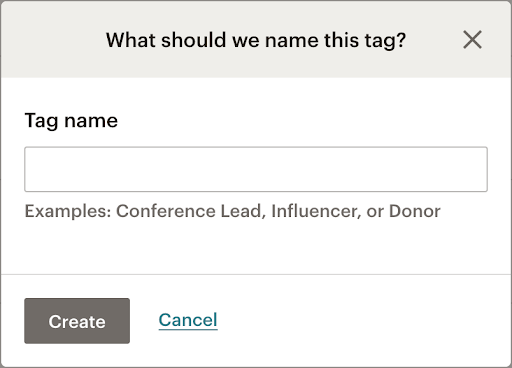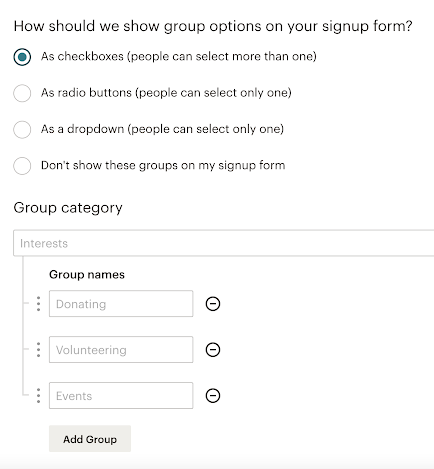
Now that you know how to get started with email marketing campaigns and what it takes to have an email marketing content strategy, it’s time to take it a step further by applying advanced email marketing tactics.
Why You Need To Implement Advanced Email Marketing Strategies
Advanced email marketing strategies are what will make your campaigns stand out. It builds a relationship with your audience by providing them with personalized content and allowing them to provide feedback.
This not only improves their user experience but also gives you a better understanding of what your audience prefers to receive, helping you improve your communications via email marketing and other outlets.
Let’s look at six advanced email marketing techniques to improve your email campaigns — from the easiest to the hardest.
Personalize Emails
When first starting, you can personalize your emails by embedding a contact’s name into areas of the email, like the subject line or the introduction.
To personalize emails in MailChimp, you:
- Edit the “Recipients” on your campaign
- Add “Merge Tag” into your Content
- Choose in the Subject Line and/or
- Add *|FNAME|* after “Dear” in the Introduction
Anchor Links
Anchors allow you to hyperlink within your email campaign to allow a reader to navigate your content without having to scroll.
For instance, if you have an introduction letter, you can link to other parts of the email so that your recipients are encouraged to go to all aspects of your email.
To learn how to insert these into your email campaign, click here.
Audience Segmentation
A more advanced tool is to use your email marketing data to create custom lists or segments. This is useful when you have different user types and want to create unique content. For example, if you market to commercial and retail customers, you may find that email marketing will be more effective if you differentiate your content to both groups.
You can segment your audience in MailChimp in three ways:
1. Tags
Tags add more information to your contact data. These are typically your own insights, such as events attended or a specific audience type.
Contacts can have multiple tags, which can be added manually or through email automation (**explained below).
2. Groups
Groups are a way to have contacts organize themselves by indicating their interests and/or preferences when they fill out a signup form.
You can also do this manually, but only if you know the contact’s interests/preferences in another way.
Contacts can be in multiple groups, and you can have multiple group categories per audience.
3. Segments
Segments use the data you already have to categorize and filter your audience data.
You set up conditions for a segment, which can be any combination of Merge fields, Tags, Groups, or Subscriber Data. The amount of conditions you can have per segment depends on your Mailchimp plan.
To learn the differences between the three, click here.
And to learn how to manage your audience in Mailchimp, click here.

A/B Testing
A/B testing is creating TWO VERSIONS of your campaign to see which one performs better, changing one variable.
This Mailchimp feature is available on all paid plans and allows you to test elements like subject lines, content, order of content, “from” names, send times, imagery, and more.
Performance is then tracked in Mailchimp based on conversions like opens, clicks, downloads, and more. Mailchimp runs the A/B test on a portion of your audience and then can send the higher-performing email to the remaining users, ensuring that your most compelling content is used.
To learn more about the features of A/B testing, click here.
And to learn how to create an A/B test on Mailchimp, click here.
Email Automation (aka Drip Campaigns)
Email automation/drip campaigns are set up to send to contacts when they take (or don’t take) a specific action.
Automations take the work out of email marketing, allowing you to stay in touch with evergreen content that is served up without you having to do anything!
It’s important to note that the Free Mailchimp plan only allows you to set up a single email automation. We highly recommend that at a minimum you set up a welcome email automation – so when a new user is added to your email list, an automated email is sent with a compelling call to action on your website. The paid Mailchimp plans allow more robust automations with multiple triggers and emails.
Email automation can be action-based or date-based. A customer’s behavior triggers action-based automation, including signing up for a list, registering for or attending an event, ordering a product or service, responding to a lead generation ad, and more. On the other hand, time since an action or prior send, or specific dates can trigger date-based automations, including birthdays, anniversaries with the company, or significant dates for the company itself.
Automated emails can also give you more insight into your contacts, adding tags based on certain actions.
To learn how to make an automated email, click here.
If you need any help with creating email campaigns or implementing advanced tactics into your email campaigns, contact us today!